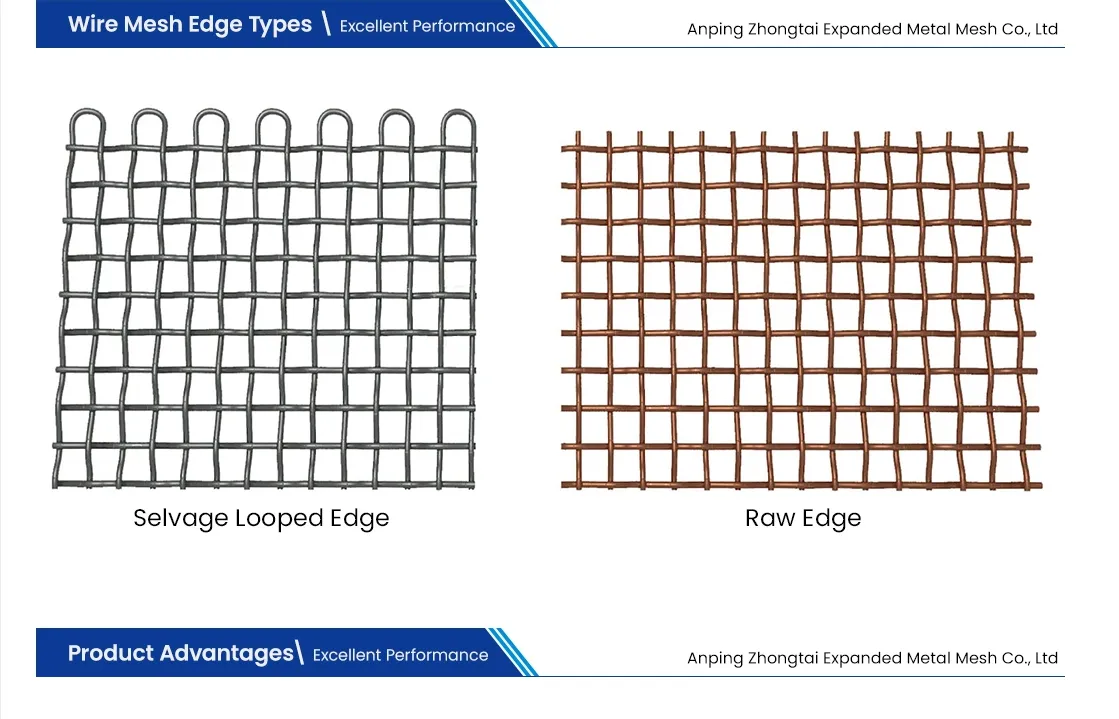Exploring the World of Decorative Metal Grating
In the world of architectural design and construction, decorative elements play a critical role in defining a space’s character and style. Among the many options available, decorative metal grating stands out as a unique, versatile, and functional choice. Not only does it enhance aesthetics, but it also offers practical benefits across various applications, making it increasingly popular among architects, designers, and builders.
Decorative metal grating is typically made from materials such as aluminum, stainless steel, or carbon steel. These materials contribute to the durability and longevity of the grating, ensuring it can withstand harsh environmental conditions while maintaining its visual appeal. The manufacturing process often involves intricate designs and patterns, which can enhance the overall look of a structure or space. From intricate geometric shapes to organic patterns mimicking nature, the versatility in design allows for seamless integration into various architectural styles.
One of the most appealing aspects of decorative metal grating is its application in both interior and exterior settings. In outdoor environments, it can be used in walkways, bridges, and park benches, providing structural stability while enhancing visual interest. When used on building facades, decorative metal grating can create shadow patterns that change throughout the day, adding dynamic beauty to the architecture. Indoors, it is often utilized in staircases, wall cladding, or as room dividers, where it can serve both decorative and functional purposes.
Moreover, decorative metal grating plays an essential role in enhancing safety and accessibility. The open design allows for proper drainage in outdoor settings, reducing the risk of water accumulation and potential hazards. In commercial spaces, it can contribute to slip resistance, encouraging safe movement across surfaces. Such practical benefits make it an ideal choice for high-traffic areas where both aesthetics and safety are paramount.
decorative metal grating

In recent years, the trend toward sustainable design has also influenced the use of decorative metal grating. Many manufacturers focus on producing eco-friendly metal grates that are recyclable or made from recycled materials. This aligns with the growing demand for sustainable building practices and materials, making decorative metal grating not only a stylish choice but also an environmentally responsible one.
Furthermore, advancements in technology have expanded the possibilities for decorative metal grating. Designers can now experiment with laser-cutting techniques, allowing for unprecedented precision and creativity in patterns. This has opened the door to bespoke designs tailored to specific project needs, providing clients with unique solutions that reflect their vision and goals.
The aesthetic appeal of decorative metal grating is undeniable; however, it is also the adaptability to various environments and its functionality that truly sets it apart. Whether used as a stylish staircase, a striking facade, or a practical walkway, decorative metal grating embodies a harmonious blend of art and engineering.
In conclusion, decorative metal grating is a valuable addition to any design project. With its wide range of applications, from enhancing aesthetics to ensuring safety, it offers a perfect balance of form and function. As architectural trends continue to evolve, decorative metal grating is poised to remain a sought-after choice for those looking to make a statement while prioritizing practicality. Whether in commercial, residential, or public spaces, its impact is both visual and functional, reflecting the ever-growing appreciation for innovative design.
-
Why Galvanized Trench Cover Steel Grating Resists Corrosion
NewsJul.10,2025
-
The Versatility and Strength of Stainless Expanded Metal Mesh
NewsJul.10,2025
-
Load Calculations in Steel Grating Platforms
NewsJul.10,2025
-
Keeping Pets and Kids Safe with Chicken Wire Deck Railing
NewsJul.10,2025
-
Hole Diameter and Pitch for Round Perforated Metal Sheets
NewsJul.10,2025
-
Aluminium Diamond Mesh in Modern Architecture
NewsJul.10,2025
Subscribe now!
Stay up to date with the latest on Fry Steeland industry news.

